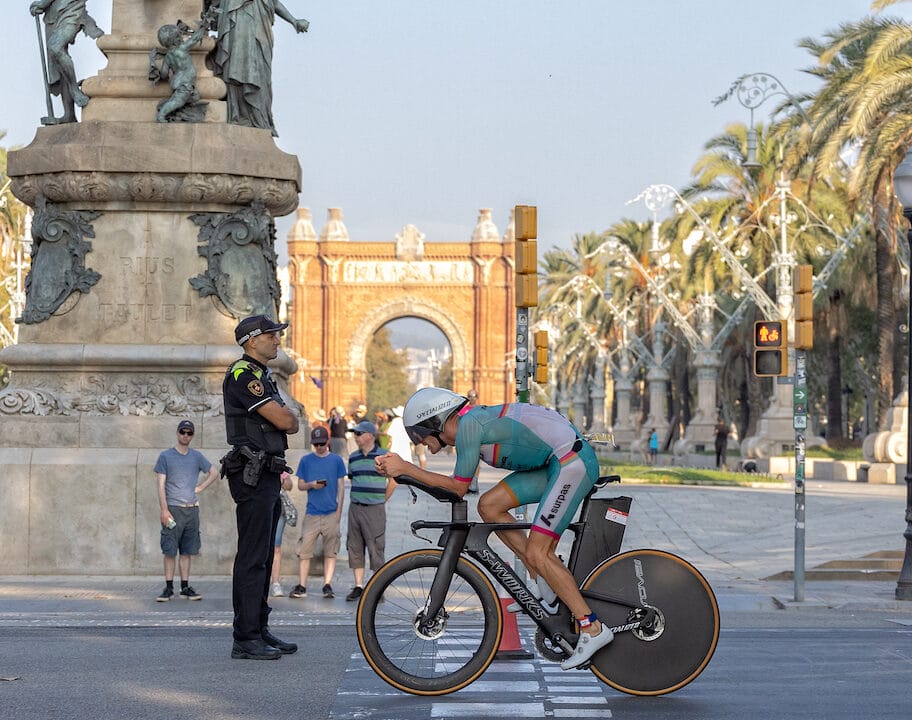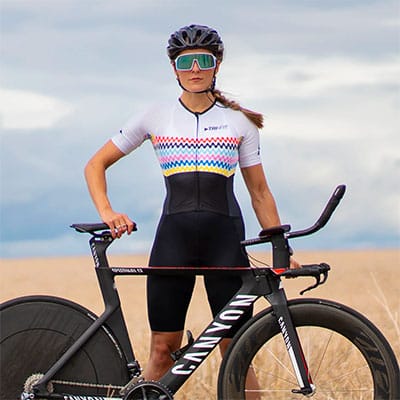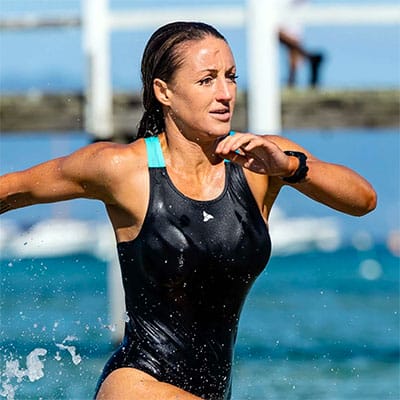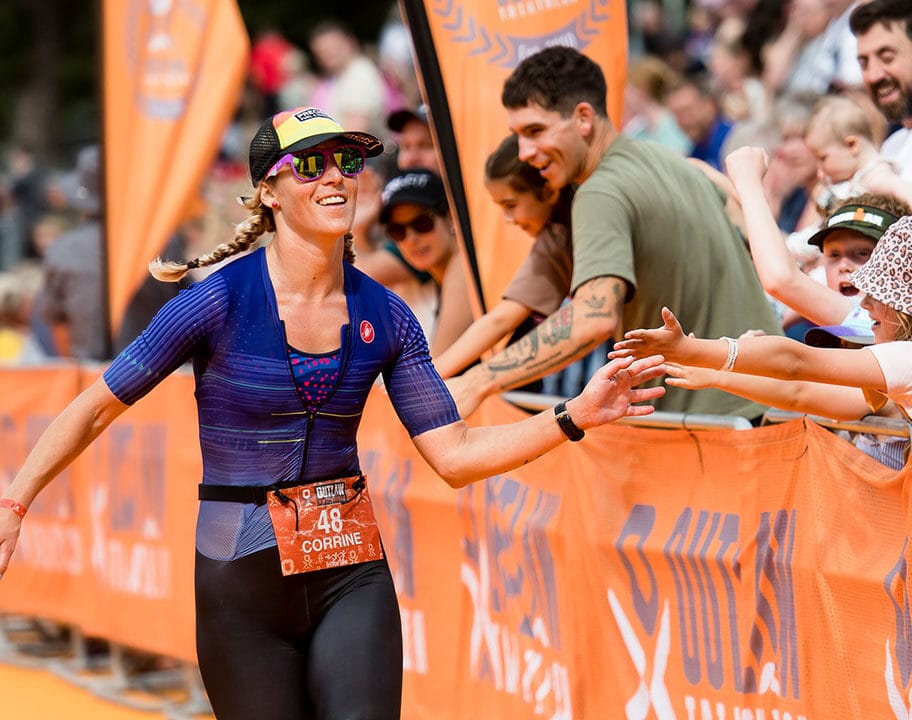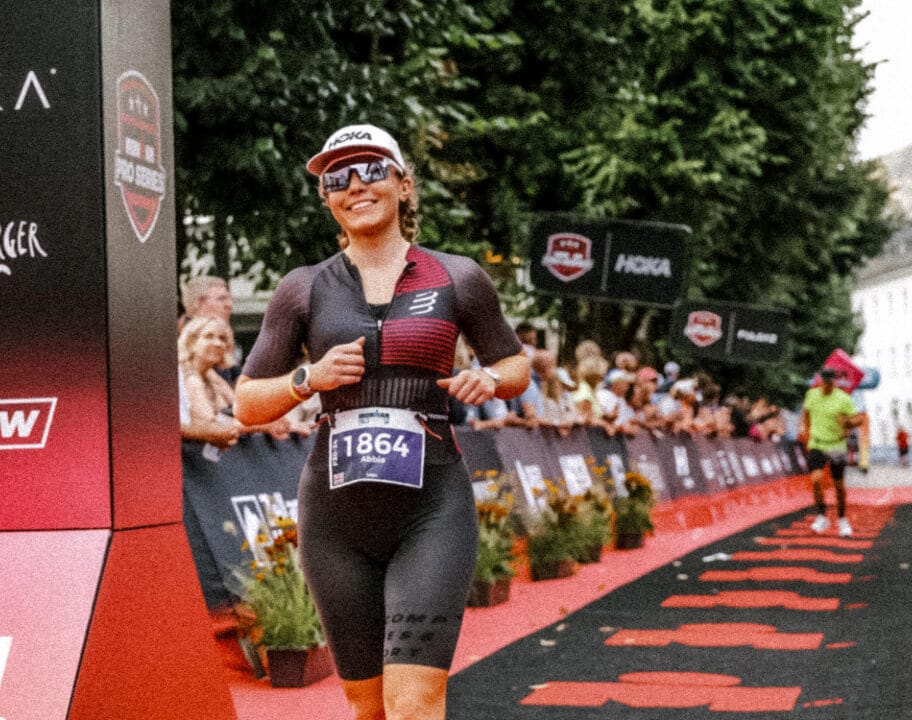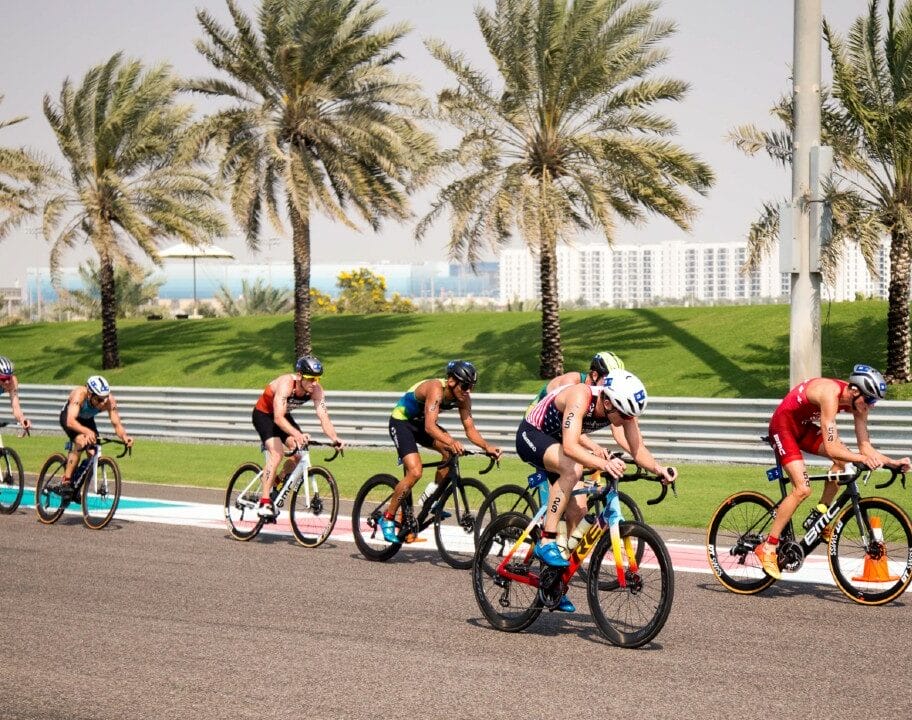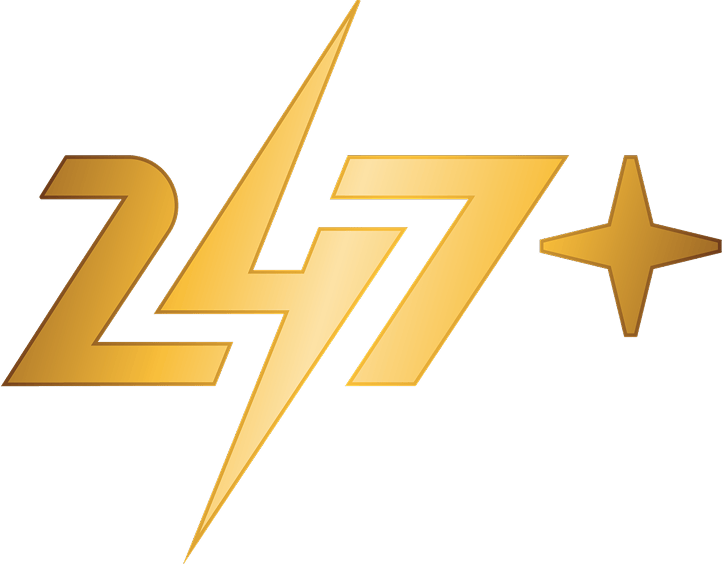Earlier this year we looked at power in running with the Stryd chest mounted device. The new model from Stryd does away with the strap and now clips to your shoelaces; we take a first look at the new model and see if it takes the concept forward.
The Stryd is compatible with:
- Garmin Forerunner: FR10, FR15, FR225, FR230, FR235, FR620, FR630, FR910XT, FR920XT, FR735XT
- Garmin Fenix: Fenix 2, Fenix 3, Fenix 3 HR
- Garmin Vivoactive: Vivoactive, Vivoactive HR
- Suunto Ambit: Ambit2, Ambit2S, Ambit3, Ambit3 Sport, Ambit3 Peak, Ambit3 Vertical
- Suunto Spartan: Suunto Spartan, Suunto Spartan Ultra
- Smartphones: Android 4.4+, iOS 8+
- Polar: Polar V800
Stryd says
The original Stryd Pioneer was mounted on the chest and measures and records heart rate, cadence, ground contact time, vertical oscillation and, of course, power. It does this by tracking the runner’s center of mass through three dimensional space, and then calculates the force that is required to move that mass over time (power).
The new Stryd is worn on the shoe and measures distance, pace, cadence, ground contact time, power and two new efficiency metrics. The first is Form Power (FP). Form Power is a measurement of the amount of power that is produced to maintain the runner’s individual form, but is not put towards the metabolic cost of running forward. The second is Leg Spring Stiffness (LSS). Leg Spring Stiffness is a measure of running efficiency and how well the runner recycles the energy that they apply to running. LSS has been shown to be correlated with running performance.
Both Stryd devices have been validated with 3D motion capture cameras, force-plate treadmills and VO2-Max testing.
What we say
Having tested and used the previous Pioneer chest strap model, the new foot pod is a nod to the original device from early test units that clipped to your shorts and you can see our previous features here and here it was a chest-based unit that also measured heart rate.
The new model is a tiny foot pod that clips to your laces and at 7gm it is lightweight and unobtrusive. The Stryd is water resistant to IPX7 standards, which is submerged for 30 minutes at a depth of one metre – so unless you are prone to standing in deep puddles it should fend off most wet weather and watery obstacles. If you are deeper than that for longer you are probably snorkelling or have already drowned. The Stryd is probably quite able to withstand SwimRun events, but that would be one of a very few instances where you might push its limits of water tightness.
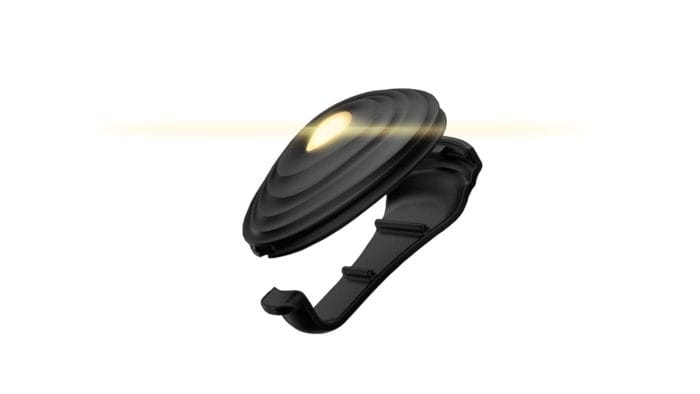
Pairing the device was as simple as the previous model and worked with my test Suunto watch without much fuss. The new model does not of course measure your heart rate so if you need this metric you will need to use a heart rate strap sensor or have a watch that has built in HR monitor such as the newer Garmin units. There is the obligatory ‘app’ that partners the device for syncing and monitoring data and it replaces the need for a GPS watch should you not have the luxury of owning one.
If you are new to the use of power in training it is considered a very useful metric, alongside heart rate but with the advantage of being able to show more immediate changes to your situation. My example previously has been when tackling a hill your heart rate rises and so does your power output due to the increased effort needed to move whilst fighting gravity and the incline. At the crest of the hill your heart rate will still be ticking at a high rate based on the level of effort you exerted, this will take a few seconds to start to fall as you are not working as hard to keep moving on the flat. Power however adjusts as soon as you reduce the effort and is therefore a more instantaneous display of effort. This is of course assuming other factors remain constant. In a nutshell Power is more closely linked to your actual effort than heart rate at any given time and does not suffer from the delay in reducing your heart rate. Using the two data fields is perfectly acceptable on many watches.
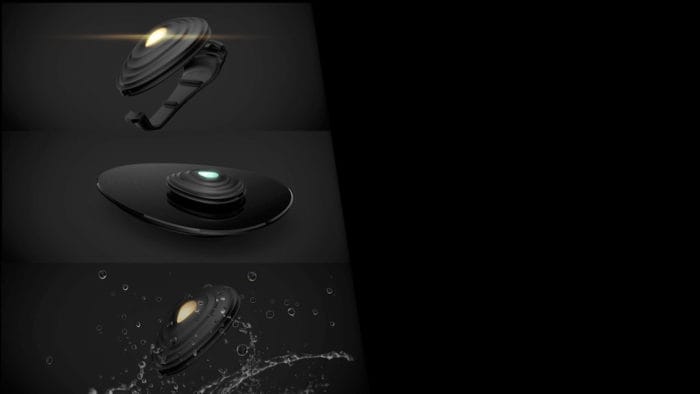
The Stryd offers various streams of data for analysis including Running Efficiency and Leg Spring Stiffness as well as power etc., all ready for the triathlete to study via the APP, website or whichever platform you use with your watch. In my case it was with Movescount from SUUNTO but I can simply import the data into Xhale or TrainingPeaks etc as needed. Movescount displays the data very clearly and it is easy to read and compare the various metrics. My last run with the SUUNTO and the Stryd recorded,Power, Heart rate, Pace, Speed, Altitude, Cadence, Temperature, EPOC, Energy Consumption, Respiration Rate as well as the GPS data to plot my route. Between the watch and the Stryd I cannot think of many metrics you might need in addition.
The unit is ANT+ and Bluetooth compatible and charges wirelessly on a stylish desk stand, very cool! The old unit took watch batteries which while they lasted well are always a pain and are never handily available when you need! Charge is claimed at around a month of use but it’s no bother when you can just charge it up as needed.
Would we suggest a Stryd unit? Is it worth the upgrade? Yes, in all cases the unit is a great upgrade from the original and if you have an integrated heart rate sensor on your watch you can do away with the chest straps for good!
Data captured is very interesting and when you get used to reading it will help you develop your training. Does everyone need one? Obviously not, many people run with out watches and phones to log their running progress but they are very addictive once you get into the habit! There is quite a bit of useful information about training with power online to help you but the Stryd website has a load to get you going.
A huge plus is that you can leave the unit clipped to your shoe until the next run and it’s ready to go. Attachment seems solid and does not flap or move about and as it is so lightweight you will not notice it on your foot. Presently it’s only measuring one side of your steps depending on which shoe you fix the unit too. That should not be a problem as the data will not be hugely different from left to right foot for most runners.
If you are looking for some new kit then this would have to be right up there, a new gadget and new data to capture, log and analyse. Perfect!
The new model is very different from the original and rather than just a refresh it is more of a brand new direction and it works very well. Out on the road data is visible on the watch or smartphone display, in the case of the SUUNTO I had heart rate and power displayed as the watch links to several devices at once.
The Stryd power meter is well worth a look, if you have been cycling you will have probably come across power in training and competition, now you can apply it to running.





